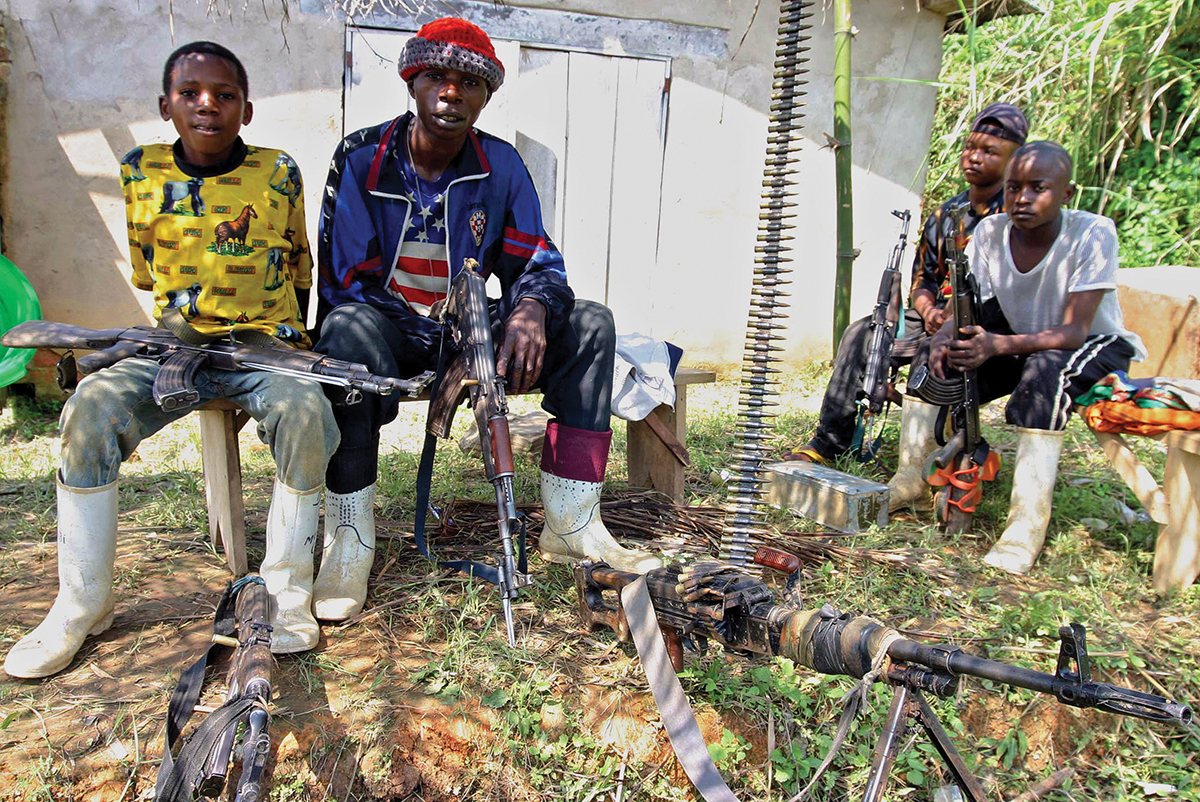When you started your day today, you probably groaned at the sound of your alarm clock as it went off next to your bed. You look over and sigh, knowing that you have about five classes to get to today, and your first one starts in about an hour. You hit the snooze button, rest for a few more minutes, before finally getting up and going to your class. You get to your class, you sit down, and open your laptop and get ready to take notes – or browse amazon for a new pair of shoes. You feel comfortable, listening to the words of your professor, knowing that you will be leaving this classroom in about fifty-five minutes. You know that if anything crazy were to happen on campus, the government would be there to step in and mediate the situation. Afterall, the police are only a few minutes away.

However, this picture looks a bit different in the country of Somalia, as children get ready to go to school they question if today is going to be the day the government’s Army or worse, the terrorist organization Al-shabaab, will come into their classroom and take them away from their friends and families in order to fight in the ongoing conflict. No child is safe, and if the teacher resists, they will be shot down in front of their students to make them an example of what happens when you do not obey the ones with guns.1 This is the reality in Somalia, and several other nations around the world – Predominately in Africa2 – In which children are Recruited into being Child Soldiers by means of force, coercion, abduction, and threat to their families in order to Fight and Die in the ongoing conflicts in their nation.
 average day, while regular coffee drinkers reported drinking just under three cups of coffee on an average day. Looking back, these numbers have changed negligibly from 1999 to 2012. About a quarter of the people polled considered themselves to be addicted to coffee, but only about a tenth of those polled reported wanting to cut back on their coffee consumption.
average day, while regular coffee drinkers reported drinking just under three cups of coffee on an average day. Looking back, these numbers have changed negligibly from 1999 to 2012. About a quarter of the people polled considered themselves to be addicted to coffee, but only about a tenth of those polled reported wanting to cut back on their coffee consumption.